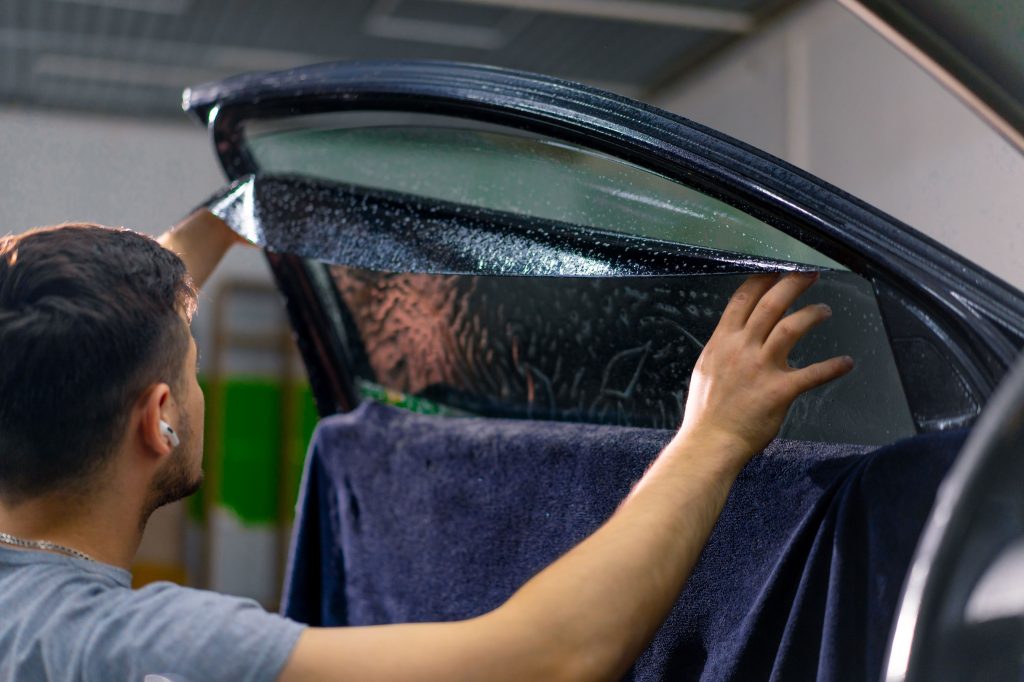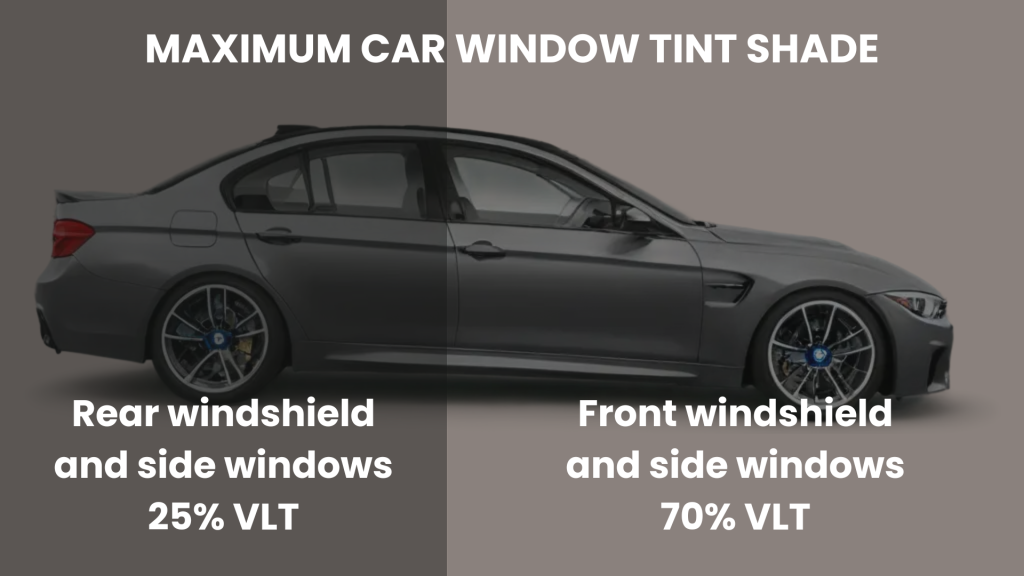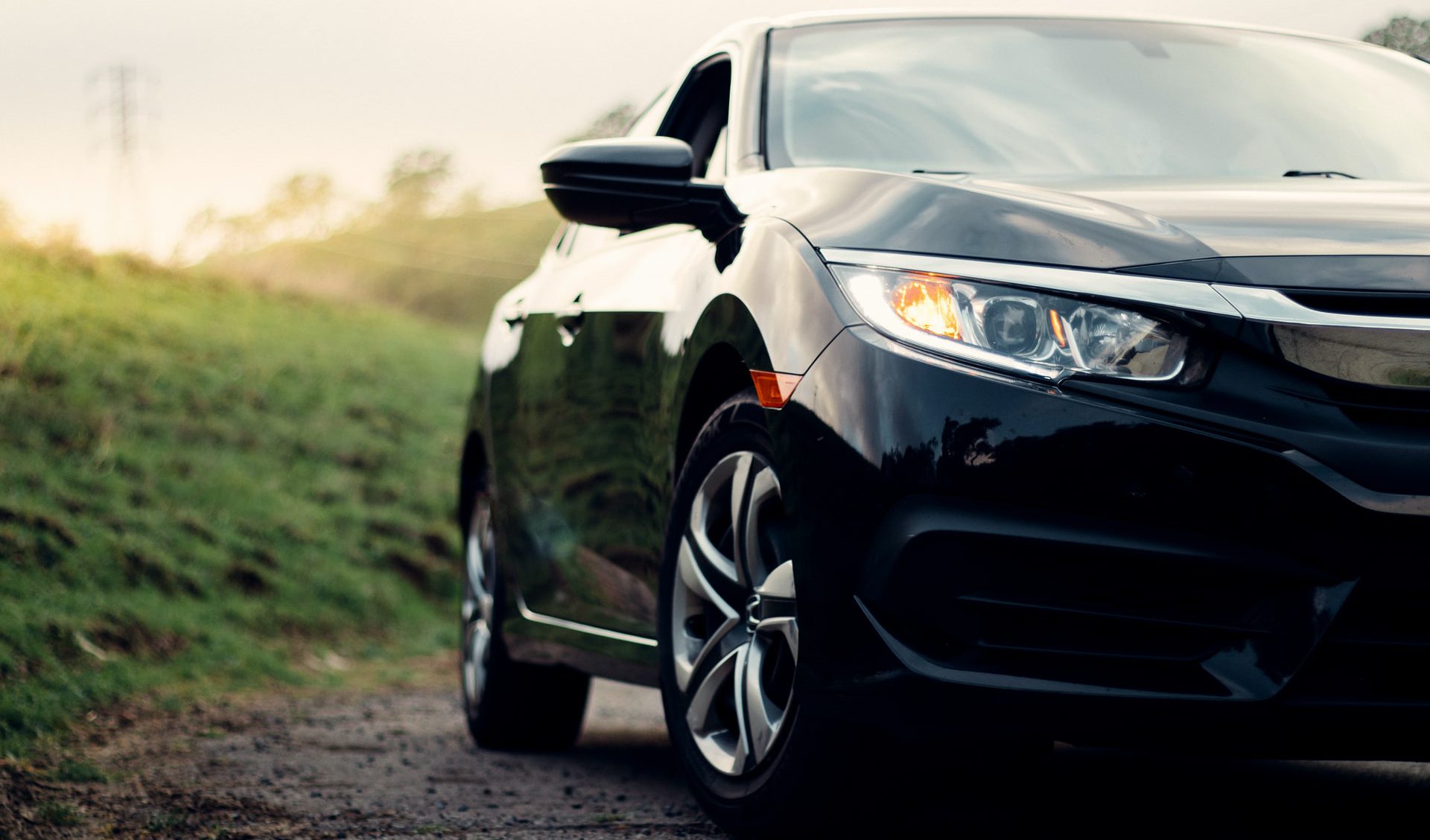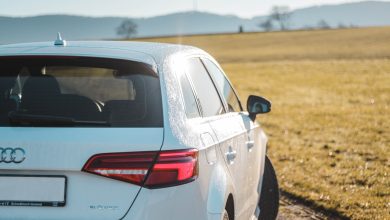Car tinting in Singapore: Everything you need to know
Singapore is hot — the sun beats down on our island city 365 days a year, so car tints are needed to prevent cars from turning into ovens. Before you get your car tint done, you need to understand the regulations and the available types.
Tinting regulations
In Singapore, all car tints must comply with government regulations. Otherwise, you might need to pay fines if caught! The regulations essentially divide the car into two parts: the front windshield and side windows and the rear windshield and side windows. This is measured in visible light transmission (VLT) which is the amount of light allowed through the tint.
Window tint regulations:
- Front windshield and side windows: 70% VLT
- Rear windshield and side windows: 25% VLT
- Front windshield must not interfere with the In-vehicle Unit (IU) and the Electronic Road Pricing (ERP) signal
- All tints cannot be reflective
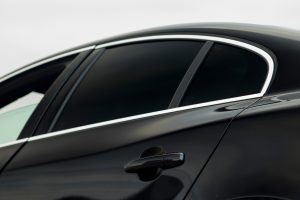
Types of car tinting
Tinting is an affordable and convenient way to improve the interior comfort. After leaving your car at the workshop for a few hours, you’ll enjoy benefits like increased privacy, reduced glare and heat from the sun and improved visibility. We will discuss four types of window tints, each with pros and cons.
Dyed window tint
Dyed window tints are among the most economical options on the market. The dye absorbs the sun’s heat and UV rays, preventing them from entering the vehicle and keeping the interior cool.
However, they are less effective at blocking these harmful rays compared to the other tints below. Over time, the dye may also fade, requiring replacement.
Metallic tint
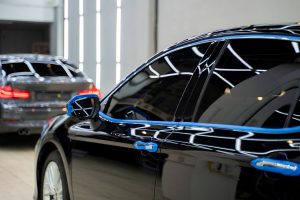
The metal in the tint makes it stronger and more resistant to scratches. Unlike dyed tints, metallic tint reflects heat and UV rays, giving them their signature shiny look. However, due to their reflective nature, metallic tints are NOT allowed under the above regulations.
Hybrid tint
As the name suggests, hybrid tints combine both metallic and dyed tints. They are applied in separate layers onto your windows, working together to absorb and reflect light, keeping the car cool on hot days. However, the use of two different tint types makes the hybrid tints more expensive. Note that RFID tags may be affected by hybrid tints.
Similar to metallic tints, hybrid tints can be reflective. Even if you find non-reflective hybrid tints, the metal in the tint can still interfere with RFID tags. If you plan on travelling to Malaysia, the tint may cause issues with the VEP tags.
Read more: A quick guide to Malaysia’s VEP
Carbon tints
Carbon fibres are what give carbon tints their name. Unlike dyed tints, they do not lose efficacy over time and block solar radiation more effectively, reducing the amount of UV rays and heat entering the cabin. For those who love a matte finish, carbon tints are the way to go! Do note that they are more expensive than hybrid tints!
Ceramic tint
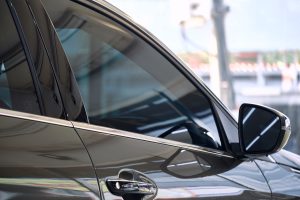
Ceramic is a great insulator, making ceramic tints great at reflecting heat and keeping the cabin cool. It is also the most effective type of tint at blocking UV rays. The absence of metal in ceramic tints also means they do not interfere with RFID signals, allowing you to apply your VEP without any issues! The only downside to ceramic tint is their higher cost.
Now that you know all about car tints, which tint will you get?
If you need your car taken care of, Carro’s got your back. From regular servicing to repairs, we got you covered! Just let us know what you need — our professional technicians and mechanics will take care of it at our workshop.

